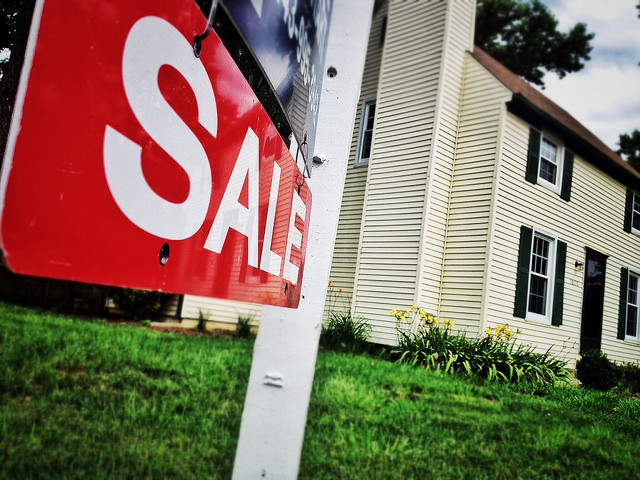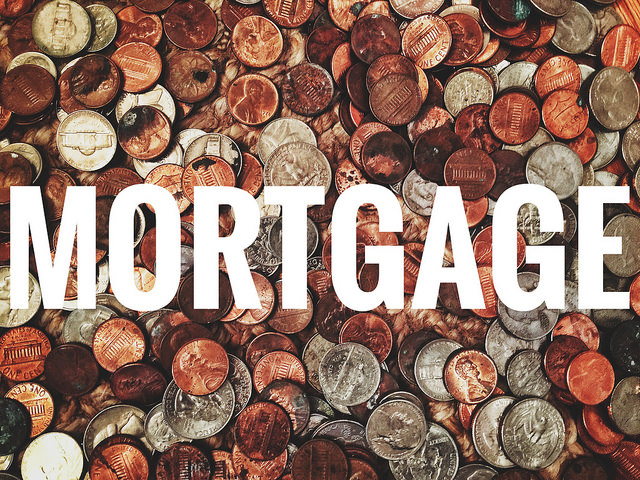When surveyed, Americans who currently don’t own a home consistently say they’d like to buy one someday. For example, the National Association of Realtors’ Housing Opportunities and Market Experience survey asked non-homeowners whether homeownership is part of their American Dream and 75 percent of respondents said it was. Which means, there are a lot of people who’d like to buy a home. So what are the main factors that influence their decision to buy now or wait? Well, it may come as no surprise that money leads the list. Most non-homeowners, when asked why they don’t currently own a home, said they couldn’t afford a mortgage. Other reasons included needing the flexibility that comes with renting and a lifestyle that wasn’t compatible with ownership. Similarly, when asked what might spur a future decision to buy, respondents said that having more money would motivate them to purchase a home. But an improved financial situation wasn’t the only thing that could encourage them to buy. An almost equal number of respondents said a lifestyle change like marriage or retirement might push them to pursue homeownership. More here.













